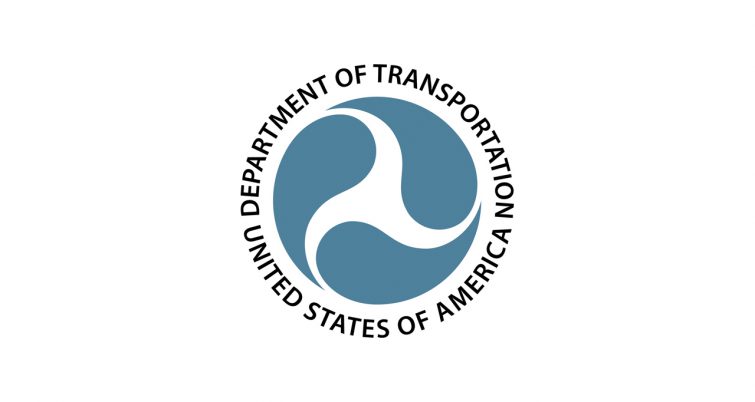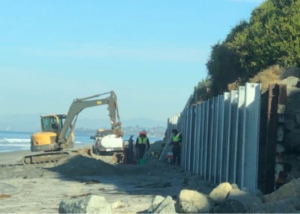FRA publishes Final Rule on rail integrity and track safety standards
Written by David C. Lester, Editor-in-Chief
FRA is revising its regulations governing the minimum safety requirements for railroad track. The changes include allowing inspection of rail using continuous rail testing; allowing the use of flange-bearing frogs in crossing diamonds; relaxing the guard check gage limits on heavy-point frogs used in Class 5 track; removing an inspection-method exception for high-density commuter lines; and other miscellaneous revisions. Overall, the revisions will benefit track owners, railroads, and the public by reducing unnecessary costs and incentivizing innovation, while improving rail safety.
Executive Summary
Beginning in 2015, the Track Safety Standards Working Group (TSS Working Group) of the Railroad Safety Advisory Committee (RSAC) met numerous times to “consider specific improvements to the Track Safety Standards . . . designed to enhance rail safety by improving track inspection methods, frequency, and documentation.” On December 31, 2019, FRA published a Notice of Proposed Rulemaking (NPRM) that was informed by the RSAC’s recommendations and FRA’s own review and analysis of the Track Safety Standards (TSS or Standards) (49 CFR part 213). See 84 FR 72526. In the NPRM, FRA proposed to amend subparts A, D, F, and G of the TSS to: (1) allow for continuous rail testing, (2) incorporate longstanding waivers related to track frogs,1 (3) remove the exception for high-density commuter lines from certain track inspection method requirements, and (4) incorporate several consensus-based, RSAC recommendations. For a more in-depth discussion of the proposals and their development, please see the NPRM (84 FR 72526).
FRA analyzed the economic impact of this rule over a 10-year period and estimated its costs and cost savings. If railroad track owners choose to take advantage of the cost savings from this rule, they will incur additional labor costs associated with
continuous rail testing. These costs are voluntary because railroad track owners will only incur them if they choose to operate continuous rail testing vehicles. The following table shows the net cost savings of this rule, over the 10-year analysis.
Net Cost Savings, in Millions (2019 Dollars)
| Present Value 7% | Present Value 3% | Annualized 7% | Annualized 3% | |
| Costs | $27.44 | $33.24 | $3.91 | $3.90 |
| Cost Savings | $149.30 | $180.99 | $21.26 | $21.22 |
| Net Cost Savings | $121.86 | $147.75 | $17.35 | $17.32 |
This rule will result in cost savings for railroad track owners. The cost savings are in the table below.
Cost Savings, in Millions (Over a 10-Year Period of Analysis)
| Section | Present Value 7% | Present Value 3% | Annualized 7% | Annualized 3% |
| Government Cost Savings | $0.194 | $0.229 | $0.028 | $0.027 |
| Flange Bearing Frog Inspections | $0.184 | $0.215 | $0.026 | $0.025 |
| Frog Waiver Savings | $0.013 | $0.016 | $0.002 | $0.002 |
| Continuous Testing Labor Cost Savings | $7.452 | $9.034 | $1.061 | $1.059 |
| Slow Orders | $141.329 | $171.340 | $20.122 | $20.086 |
| Continuous Testing Waiver Savings | $0.132 | $0.157 | $0.019 | $0.018 |
| Total | $149.305 | $180.991 | $21.258 | $21.218 |
The table below presents the estimated costs, over the 10-year analysis.
Estimated Costs, in Millions (Over a 10-Year Period of Analysis)
| Present Value 7% | Present Value 3% | Annualized 7% | Annualized 3% | |
| Continuous Testing | $27.4 | $33.2 | $3.9 | $3.9 |
To read the entire final rule, please follow this link.





